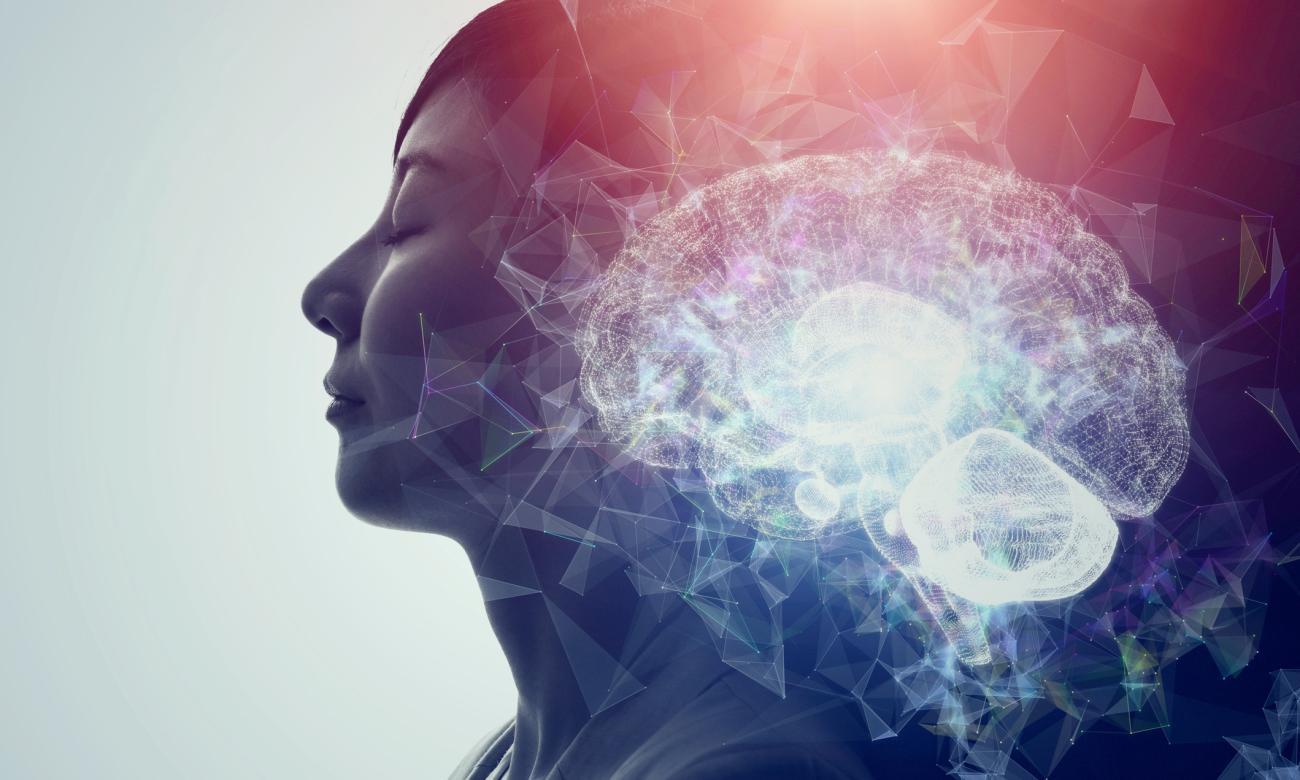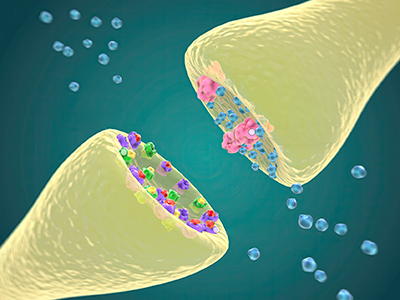
Researchers have found a link between the reduced activity of a mood-regulating neurotransmitter in the brain and bipolar mania.
In a breakthrough study, researchers have identified a potential root cause of acute manic symptoms among people with bipolar disorder. Characterized by periods of extreme highs followed by long-lasting depression, bipolar disorder can have harmful effects on patients and their loved ones.
The new study, led by Vancouver Coastal Health Research Institute researcher Dr. Lakshmi Yatham, is the first to discover a relationship between manic symptoms experienced by people with bipolar and a decrease in dopamine transporter density.

The dopamine transporter protein is responsible for the flow of dopamine from neurons, also known as nerve cells, into the synaptic space between neurons. The released dopamine transmits signals through dopamine receptors between these neurons.
The dopamine neurotransmitter is a hormone that supports certain motor functions in humans, as well as emotions and executive functions, such as learning, memory, mood and cognition.

In bipolar disorder, excess dopamine has been linked to manic episodes, which can lead to feelings of euphoria, anger, irritability, extreme happiness or aggression. These may also lead to sleep loss, engagement in risky behaviours and an inability to focus or pay attention.
“Most currently used treatments for mania reduce the function of dopamine D2 receptors,” says Yatham. “These medicines can cause a number of side effects, such as tremor, rigidity, elevation of lipids, development of diabetes and weight gain.”
“The goal is to develop bipolar treatments that specifically target the core abnormality and improve symptoms rapidly without causing significant side effects.”
Discovery opens the door to new treatments for bipolar patients with mania
Published in JAMAPsychiatry, Yatham’s study compared the brain scans of 27 people with bipolar disorder against those of healthy controls without bipolar disorder.
Study participants received a positron emission tomography (PET) scan, which uses a radioactive isotope to illuminate cells and their receptors in the body, and a magnetic resonance imaging (MRI) scan, which uses powerful magnets and radiofrequency waves to create three-dimensional images of tissues and bones.
The scans of bipolar patients with acute mania showed a reduction in dopamine transporter density. This reduction in transporter density occurred in the striatum — a centrally located region of the brain responsible for such behaviours as emotions, rewards, motivations and motor activity.
“Our study showed that manic patients had lower densities of the dopamine transporter, which correlated with the severity of manic symptoms.”

Scans of the 17 study participants with recently resolved mania and healthy controls showed relatively normal dopamine transporter density. In comparison, the scans of bipolar patients with mania had a 45 per cent reduction in dopamine transporter density on the right side of their brains and a 42 per cent reduction on the left side versus healthy participants.
Compared to bipolar patients with remitted mania, acute mania bipolar patients had a 40 per cent reduction in dopamine transporter density on the right side of their brains and a 37 per cent reduction on the left.
“Assuming that an abnormality in the dopamine transporter is indeed a key driver of mania among bipolar patients, this opens up completely new possibilities for treatment.”
There is no current treatment that specifically targets the dopamine transporters to increase the uptake of dopamine from synaptic space into the pre-synaptic nerve cells.
“The challenge now is to develop a new medication that increases the reuptake of dopamine through the dopamine transporter with an excellent safety and tolerability profile,” says Yatham.


